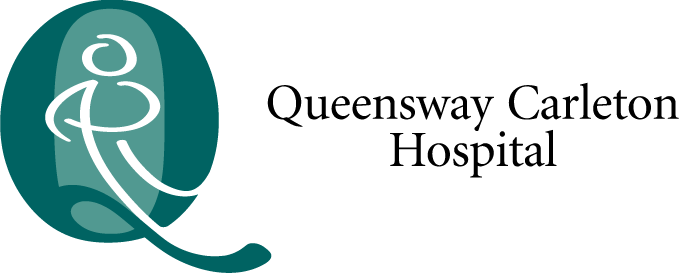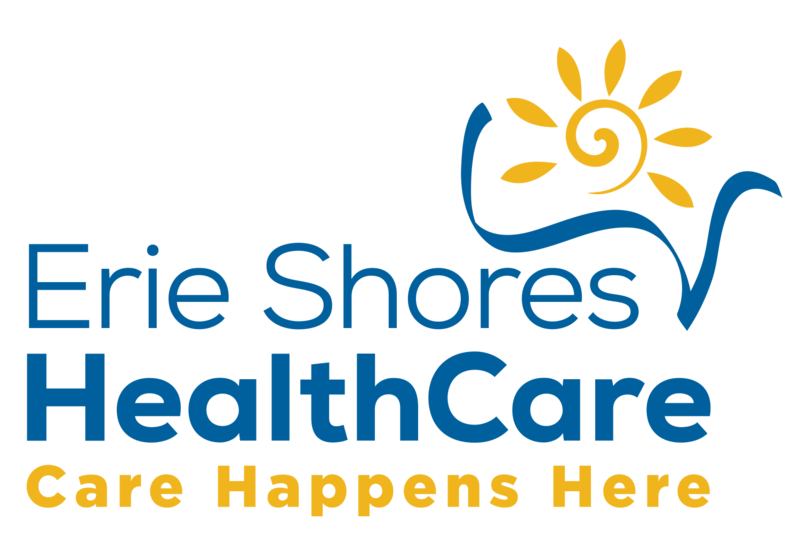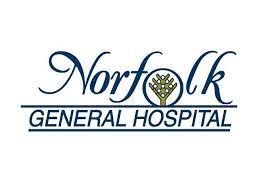
Transforming Wound Care Management in Northwestern Ontario: A Centralised Waiting List Management Success Story Enabled by Novari Technology
Executive Summary: Providing wound care services in Northwestern Ontario is both complex and challenging. These challenges include a higher rate of lower-limb amputations, a



























